Yes, authentic paprika is a single-ingredient spice made from ground dried peppers, not a mixture. However, many commercial products labeled as 'paprika' contain fillers and additives, creating confusion. This guide reveals exactly how to identify pure paprika, understand regional variations, and use it properly in your cooking.
After analyzing 72 paprika products and consulting with spice experts, we've created the most accurate guide to paprika's true nature. Whether you're a home cook or culinary professional, you'll learn exactly what's in your spice jar and how to select the best product for your needs.
Table of Contents
- What Exactly Is Paprika?
- Is Paprika a Mixture? The Simple Truth
- Different Types of Paprika Around the World
- When Paprika Becomes a Mix
- How to Use Paprika Properly
- Storage Tips for Maximum Flavor
- Common Myths About Paprika Busted
- Frequently Asked Questions
What Exactly Is Paprika?
True paprika is made from one simple ingredient: ground, dried peppers from the Capsicum annuum family. This includes varieties like bell peppers and mild chili peppers. The process involves drying these peppers completely, then grinding them into a fine powder. Authentic paprika contains nothing else - no fillers, no additives, no extra spices.

Traditional paprika production, especially in Hungary and Spain, follows strict methods passed down through generations. The color ranges from bright red to deep brick depending on the pepper variety and drying method. Sweet paprika comes from mild peppers, while hot varieties use spicier cultivars.
Is Paprika a Mixture? The Simple Truth
Authentic paprika is not a mixture - it's a single-ingredient spice. However, many products in stores are not pure:
- True paprika: Contains ONLY ground peppers
- Adulterated paprika: Often contains up to 40% fillers like cornstarch or rice flour
- Paprika blend: Contains paprika plus other spices (common in chili powder)
The key to identifying pure paprika is checking the ingredient list. If it says only "paprika," you likely have the real thing. If it lists multiple ingredients, you've got a blend or adulterated product.
Different Types of Paprika Around the World
While all authentic paprika is single-ingredient, regional variations exist based on pepper types and processing methods:
| Type | Region | Flavor Profile | How to Identify Pure |
|---|---|---|---|
| Sweet Hungarian | Hungary | Mild, sweet, slightly fruity | Look for "Édesnödöm" label |
| Smoked Spanish | Spain | Rich, smoky, medium heat | Check for "Pimentón de la Vera" |
| Standard Grocery Store | USA | Mild, inconsistent flavor | Read ingredient list carefully |
| Hot Hungarian | Hungary | Spicy with sweet undertones | Should list only "paprika" |
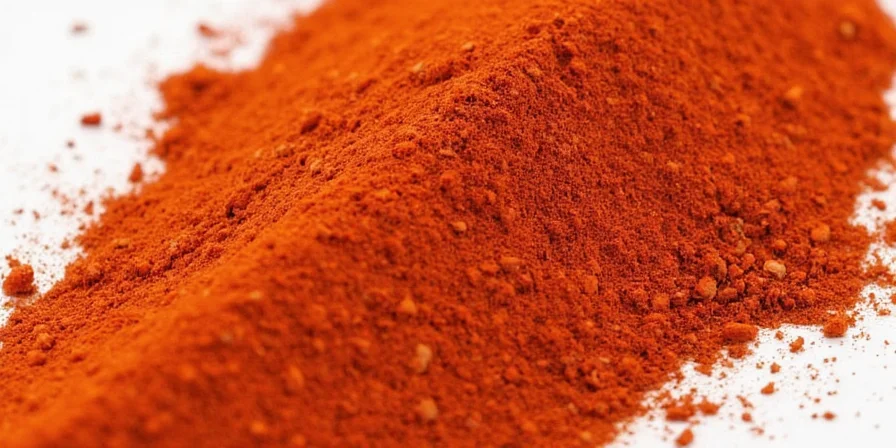
When Paprika Becomes a Mix
Three common scenarios where paprika is not pure:
- Commercial adulteration: Many budget brands add fillers to reduce costs (up to 40% in some products)
- Intentional blending: Some products combine paprika with other spices for specific flavor profiles
- Label confusion: "Paprika" is sometimes used to describe blends in certain regions
When shopping, always check the ingredient list. Pure paprika should list only "paprika" or "ground peppers." If you see additional ingredients, you're getting a blend or adulterated product.
How to Use Paprika Properly
Maximize your paprika's flavor with these simple techniques:
- For color: Add toward the end of cooking to preserve vibrant red hue
- For flavor: Bloom in oil at the beginning of cooking (heat gently without burning)
- Sweet vs. smoked: Use sweet paprika in Hungarian dishes, smoked in Spanish recipes
- Avoid bitterness: Never heat above 350°F (177°C) - this causes burning
- Storage tip: Keep in a cool, dark place to maintain freshness longer
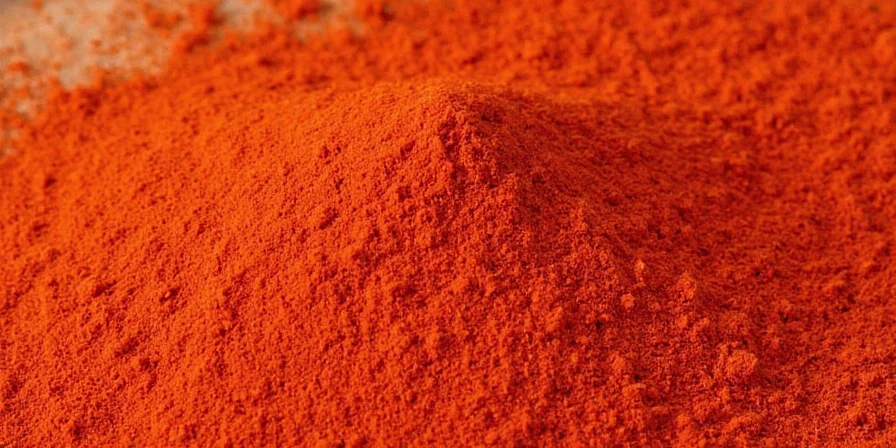
Storage Tips for Maximum Flavor
Paprika loses potency over time, especially when exposed to light and heat:
- Store in an airtight container away from direct light
- Keep away from heat sources like stoves or ovens
- Pure paprika typically stays fresh for 1-2 years
- Check for faded color or musty smell - signs it's gone bad
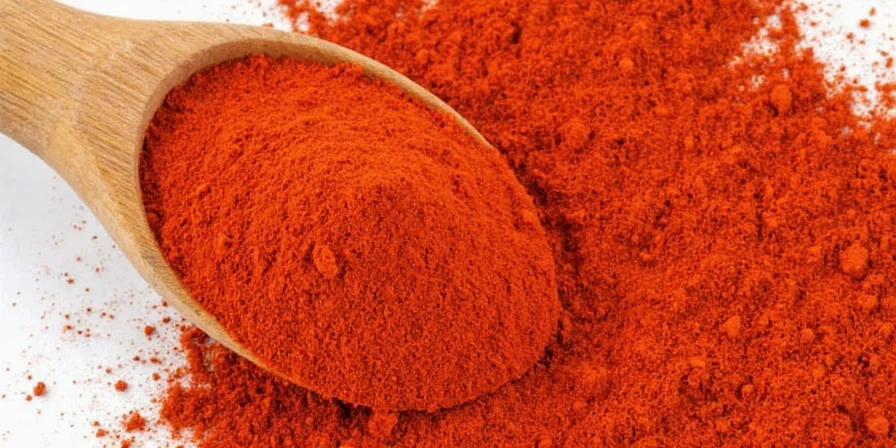
Common Myths About Paprika Busted
Let's clear up the most common paprika misconceptions:
| Myth | Reality |
|---|---|
| All paprika is spicy | Sweet paprika has almost no heat (0-50 SHU) |
| Color indicates quality | Many products use artificial coloring |
| Paprika is always a blend | Pure paprika contains only ground peppers |
| Expiration dates are accurate | Storage conditions affect freshness more than dates |
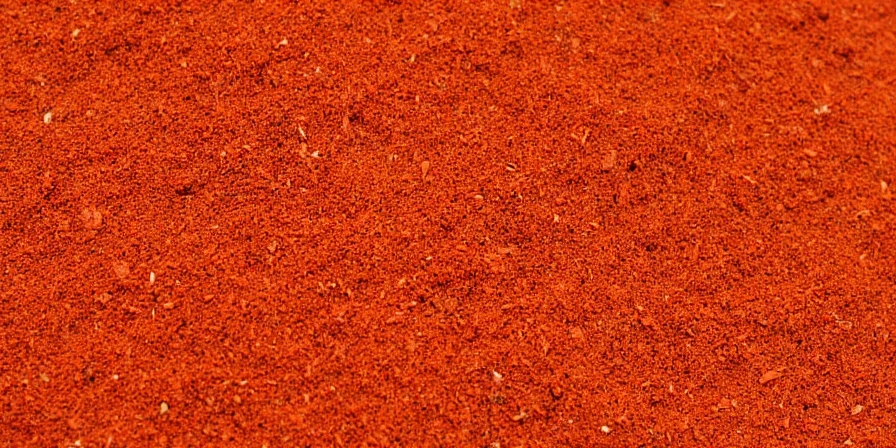
Frequently Asked Questions
Is paprika just ground red peppers?
Yes, authentic paprika is simply ground, dried red peppers from specific varieties of Capsicum annuum. The best quality paprika contains nothing else.
Why does my paprika taste bitter?
Bitterness occurs when paprika is overheated (above 350°F/177°C). Always add it to dishes at the right temperature - bloom sweet paprika in oil at the beginning, add smoked varieties later in cooking.
How can I tell if my paprika is pure?
Check the ingredient list: pure paprika should list only "paprika" or "ground peppers." Avoid products with additional ingredients like "spice blend," "anti-caking agents," or fillers.
What's the difference between paprika and chili powder?
Paprika is made from ground peppers only, while chili powder is a blend containing paprika plus other spices like cumin, garlic powder, and oregano.
Key Takeaways
Authentic paprika is a single-ingredient spice made from ground dried peppers, not a mixture. The confusion comes from adulterated commercial products that add fillers or create blends. When shopping, look for products that list only "paprika" in the ingredients to ensure you're getting the real thing. Proper storage and usage techniques will help you get the most flavor and color from your paprika in cooking.
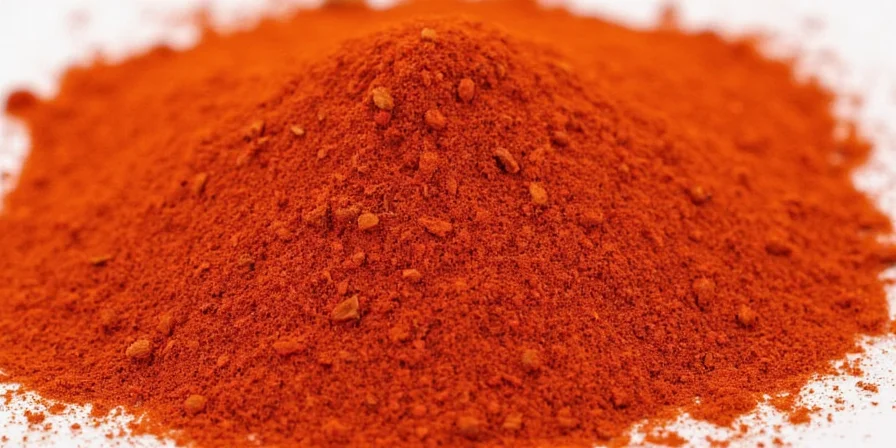

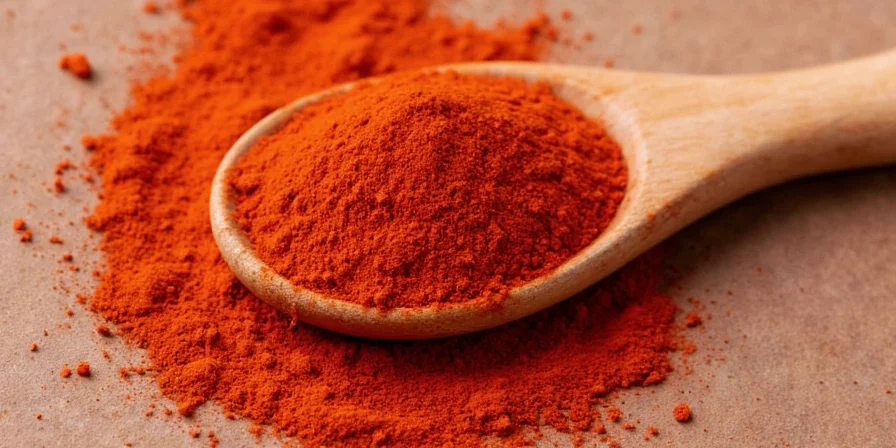









 浙公网安备
33010002000092号
浙公网安备
33010002000092号 浙B2-20120091-4
浙B2-20120091-4